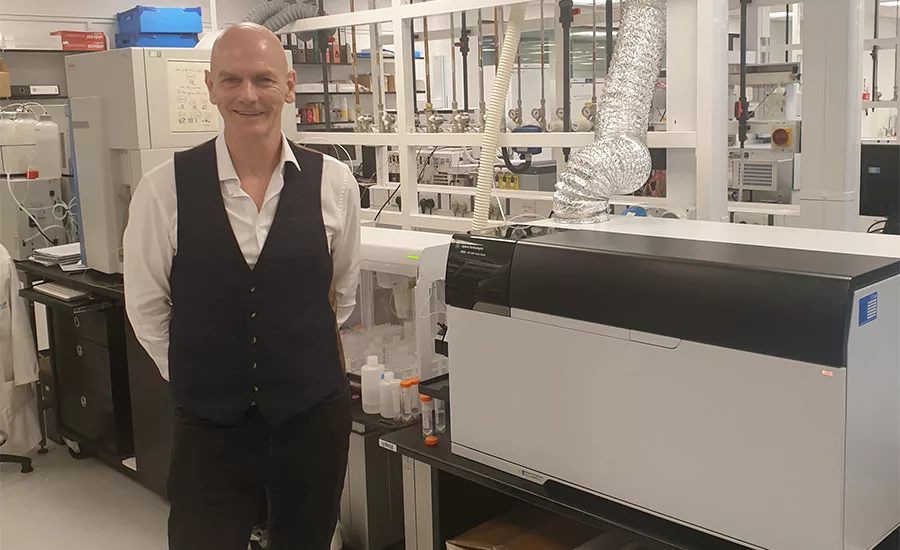Foodborne illness outbreaks
When humanitarian food aid makes people sick
Queen’s University Belfast scientists, with a little help from FDA, found the actual source of tainted UN food sent to Uganda in 2019

In 2019, the World Food Programme (WPF), a United Nations humanitarian organization, distributed food to very needy people in Uganda. In March 2019, a major food-poisoning incident occurred in one region of the country, followed by a second outbreak, which occurred in a refugee camp in a completely different area in Uganda. In the first outbreak five people died and hundreds were hospitalized.
In both regions, the WFP had distributed what’s known as Specialized Nutritious Foods (SNFs), which are used to combat malnutrition and given to vulnerable populations such as infants, adolescent girls and nursing mothers in developing countries. It was thought that one of these SNFs, a fortified soya and corn product called “Super Cereal,” might have been the source of both outbreaks of foodborne illness. Super Cereal typically contains corn or wheat blended with soy beans, fortified with vitamins and minerals and processed into 25-kg bags of flour.
The outbreaks—because the supply chains for the two incidents were totally different—seemed to be unconnected. Super Cereal deliveries around the world were suspended until the product could be determined safe, leaving many tens of thousands of people without adequate food or nutrition.
Initially, according to sources in Africa, the cereals were thought to be contaminated with bacteria, mold and cancer-causing aflatoxins, but further research resulted in a way different conclusion—that it wasn’t these potential contaminants, but something else entirely. Only further research and analytical instrumentation could find the actual source of the contamination.
Scientists from Queen’s University in Belfast, UK, helped to identify the cause of the crisis—and avert an even larger catastrophe. Working alongside WFP and with Dr. John Callahan of the U.S. Food and Drug Administration, Professor Chris Elliott OBE, Dr. Simon Haughey and their team at Institute for Global Food Security (IGFS), Queen’s University, were able to detect lethal toxins known as tropane alkaloids, atropine and scopolamine in samples of the Super Cereal from the first outbreak.
More specifically, these chemicals were found to present due to the incorporation of Datura stramonium seeds (jimsonweed) with soybeans in the harvesting and during the production of the Super Cereal. Instrumentation and methods used to find the cause of the poisoning included targeted and non-targeted methodologies such as LC-MS/MS, QToF-MS and spectroscopic techniques coupled to chemometrics.
The team was also able to trace the contaminants from the original outbreak back through complex, international supply systems and to identify Turkey as the country where the affected Super Cereal was produced and became contaminated. Just when the crisis seemed to be coming to an end, the second outbreak occurred in a refugee camp in the North of Uganda. As the Super Cereal going into this region was from a completely different supply chain, the WFP had to take the decision to suspend all supplies of Super Cereal.
Elliott and his team, however, suspected that some form of fraud might have occurred and were able to show that both outbreaks were caused by contaminated ingredients (tropanes) from the same batches produced in Turkey. Immediately acting on this finding, the WFP released many millions of dollars’ worth of the unaffected, detained Super Cereal back into circulation, helping restore vital food aid to many parts of the developing world.
For this project, the research team was able to exploit a wide range of analytical platforms available within their ASSET Technology Center at Queen’s University, Belfast. The team has spent more than ten years developing this Center and its approaches to dealing with complex food-contamination episodes.
“We were delighted to be able to support this investigation as we hold the WFP and their work in the highest esteem,” says Elliott. “Our approach to investigate the incidents was based on using the combined strengths of many forms of analytical chemistry.”
The group has published an account of this research in the Elsevier journal Food Control.
Looking for a reprint of this article?
From high-res PDFs to custom plaques, order your copy today!








